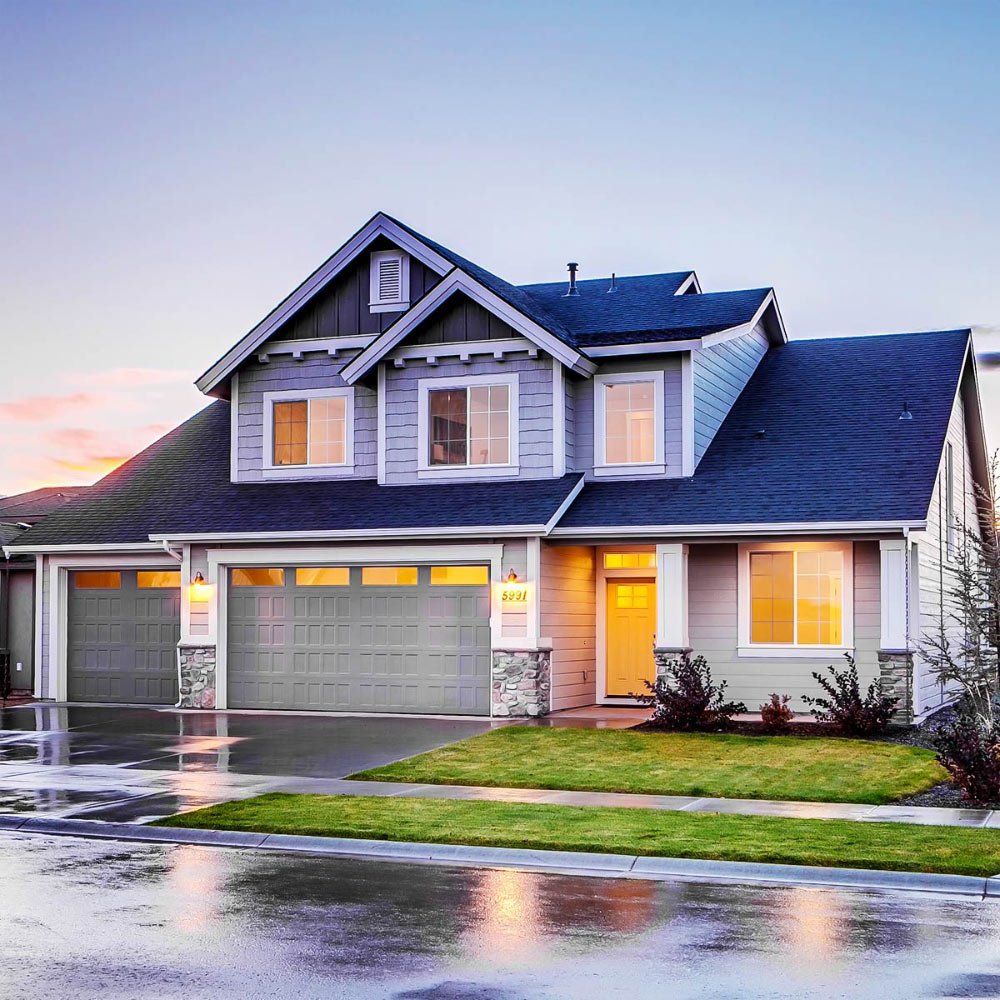Extreme summer temperatures heat & roofs
Not all roofs are created equal, and this is especially true when it comes to controlling extreme summer temperatures.
With summers getting hotter in many parts of Canada, understanding how a roof behaves is critical to keeping homes cool while maximizing energy savings. Choosing the right materials, coatings, and roof installation methods makes a major difference to increased durability and comfort.
Research indicates that homeowners can save up to 40% on annual energy costs by simply selecting the right type of roof and using good installation practices.
Roofs increase heat protection
To understand how roofs can increase efficiency by protecting themselves from the sun’s energy, it is important to understand the different types of solar rays, which are divided into UV, visible, and infrared. Infrared rays that are not visible make up the vast majority and produce heat. UV rays, which are not visible, cannot be felt, but can cause wear and tear on building materials and visible rays make up the rest.
Although even basic unpainted metal roofs reflect more sunlight than asphalt roofs, by choosing the right colors and coatings, low-glare metal roofs reflect most of the non-visible infrared and UV rays.
The heat-producing rays are the most damaging and emit up to 85% of solar heat gain to help keep homes cooler. Also, dark colored metal roofs can help lower the temperature of the house during hot periods.
Thermal emissivity, Sun and heat reflection
Additionally, many cold metal roofs are ENERGY STAR qualified based on the properties of total solar reflectance and thermal emissivity, a term that describes how much energy a material absorbs is released and emitted into the atmosphere (e.g. opposition to the increase in interior temperatures). In short, the Environmental Protection Agency estimates that an ENERGY STAR labeled roof can lower its temperature by up to 100 degrees Fahrenheit.

How to beat the heat this summer?
Other tips to ensure that a new roof will offer protection against extreme heat, maximum energy savings and long-term satisfaction:
- Pay attention to air circulation and ventilation, two essential elements in all seasons. Good ventilation systems help keep roof temperatures constant.
- Check building codes to make sure your insulation meets or exceeds standards.
- Take into account other potential threats; areas that experience extreme heat are also often subject to forest fire danger. Many quality metal roofing systems are fire rated Class A, the industry’s best for fire resistance.
- Use quality materials from a reputable manufacturer that offers guarantees.
- Choose the most durable material possible to help increase energy efficiency while reducing waste. Metal roofs save energy, can last up to three times longer than other materials, and are 100% recyclable at the end of their long lifespan.
Ultimately, choosing the right roof has a big impact on a homeowner’s budget and bottom line. When it comes to comfort, convenience and year round performance, quality metal roofs simply make more sense and are more durable.




